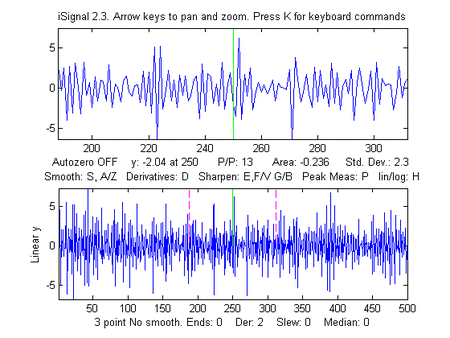


Plot the profile (Ctrl + k) then just using the down-arrow key, move the selection vertically until you’re overlapping the contracted position. To do this, draw a line selection horizontally through the image in the rested position (top line below). In order to do this, we go back to plotting a profile. Remember, what we want to measure is the shift in the spatial (in this case X) axis. In this way, it’s really easy to see the repetitive motion over time. We do this by drawing a line selection (as above) and running. If we plot a kymograph, we effectively plot time as a spatial dimension (imagine this as a representation of the plot above in time). Here you now have one spatial dimension versus intensity but are lacking the time dimension. We can plot the intensity along the selection in a single timepoint (using Fiji, run also available as Ctrl + k). The dataset has 2 dimensions of spatial intensity data (in x and y) and one of time: Once that’s done, draw a line selection along the axis of contraction in one of your frames. Let’s take these one at a time: 1) Magnitude of contractionįirst things first, find a contracting cell. There are really two useful metrics when dealing with cardiomyocytes: the magnitude (how far the cells contract) and frequency of contraction (how many contractions per unit of time). This post will look at one way to quantify contractile motion without the need for exogenous stains or dyes (which can themselves perturb physiological behaviour). These types of culture are a great model with which to study the effect of drugs or other treatments on the cells of the heart. A great example of this is when looking at cardiomyocytes that can spontaneously start to contract when grown in culture. One of the major advantages of having environmental control on our microscopes at the CCI, is that you can get cells to behave a little more like they do in an animal or plant.


 0 kommentar(er)
0 kommentar(er)
